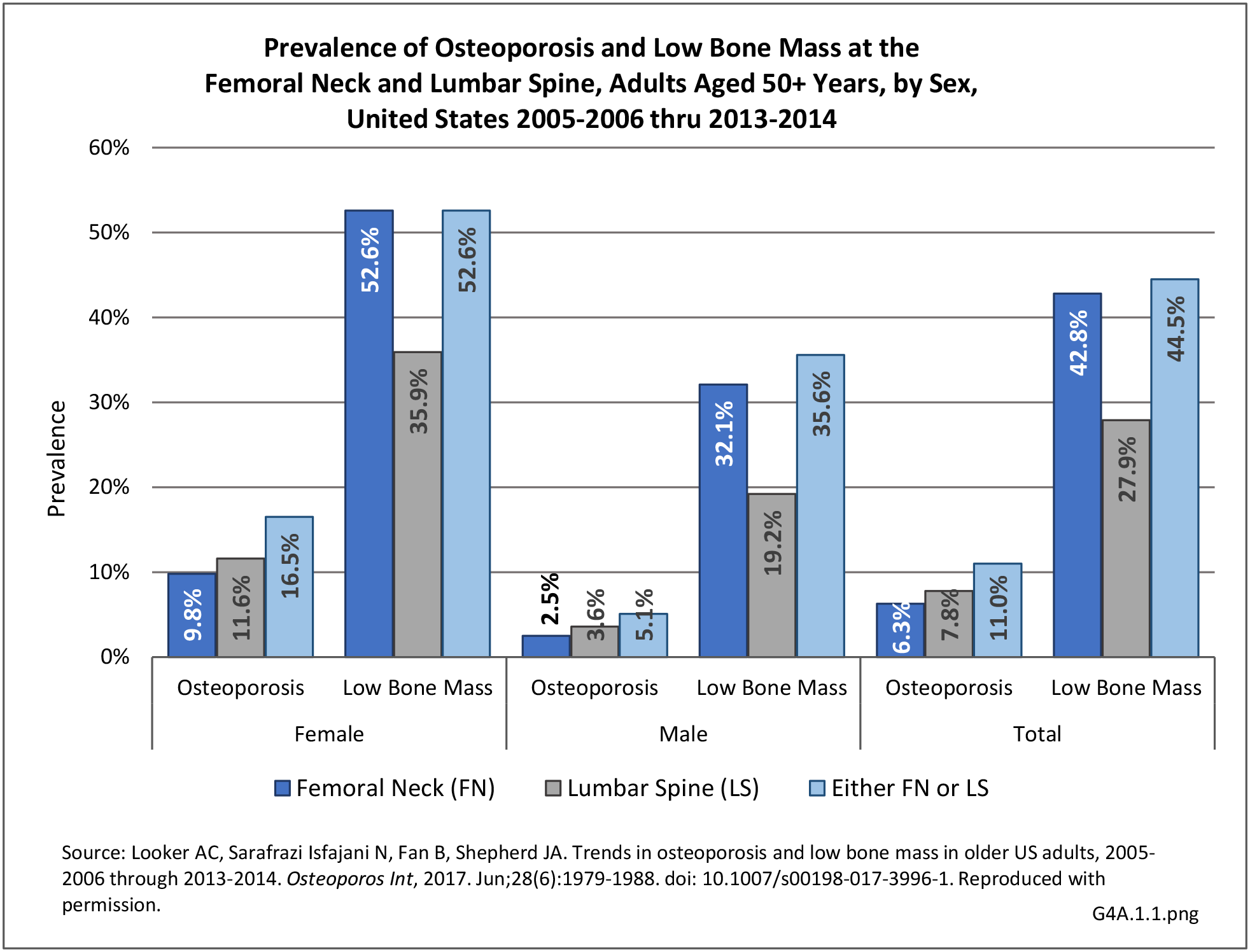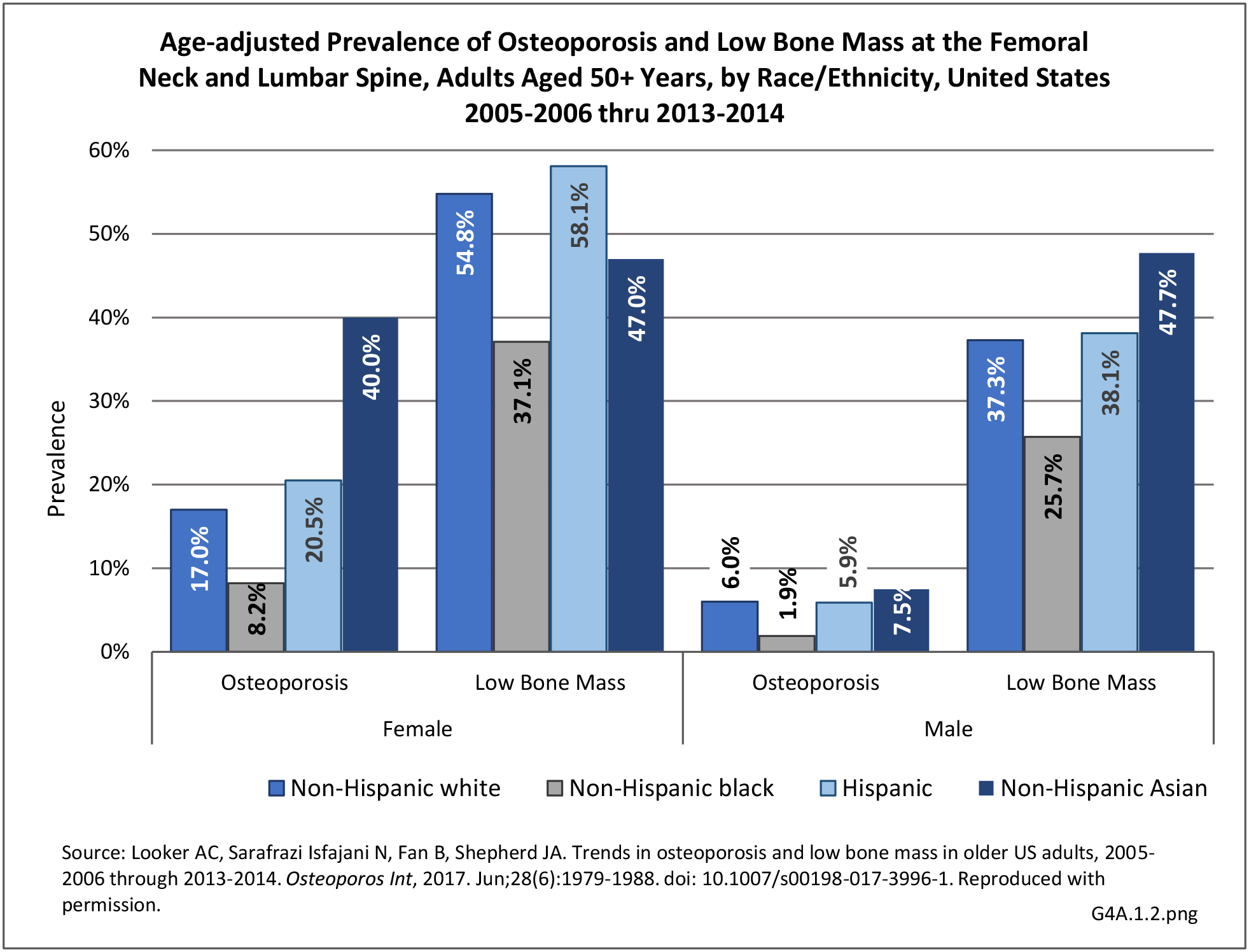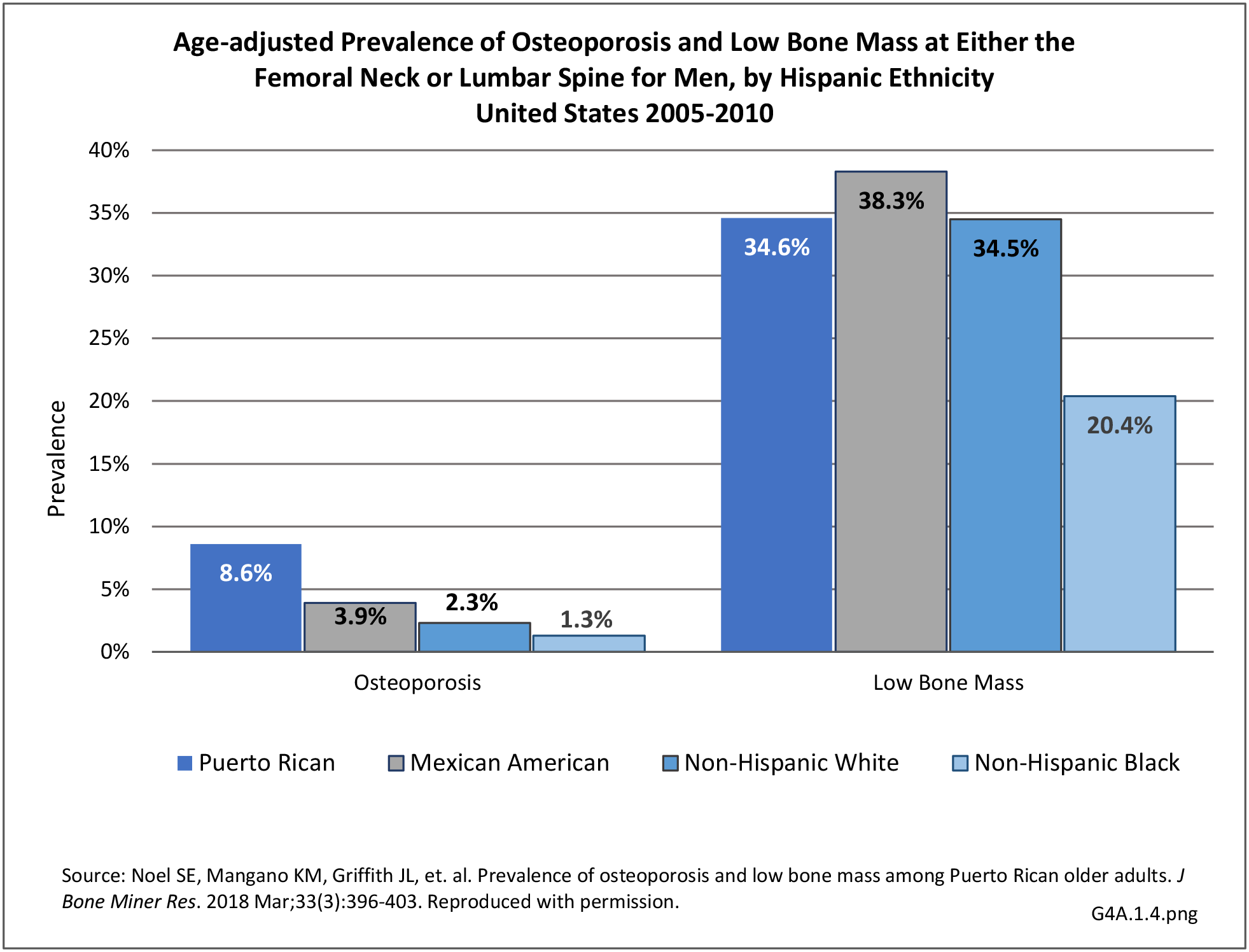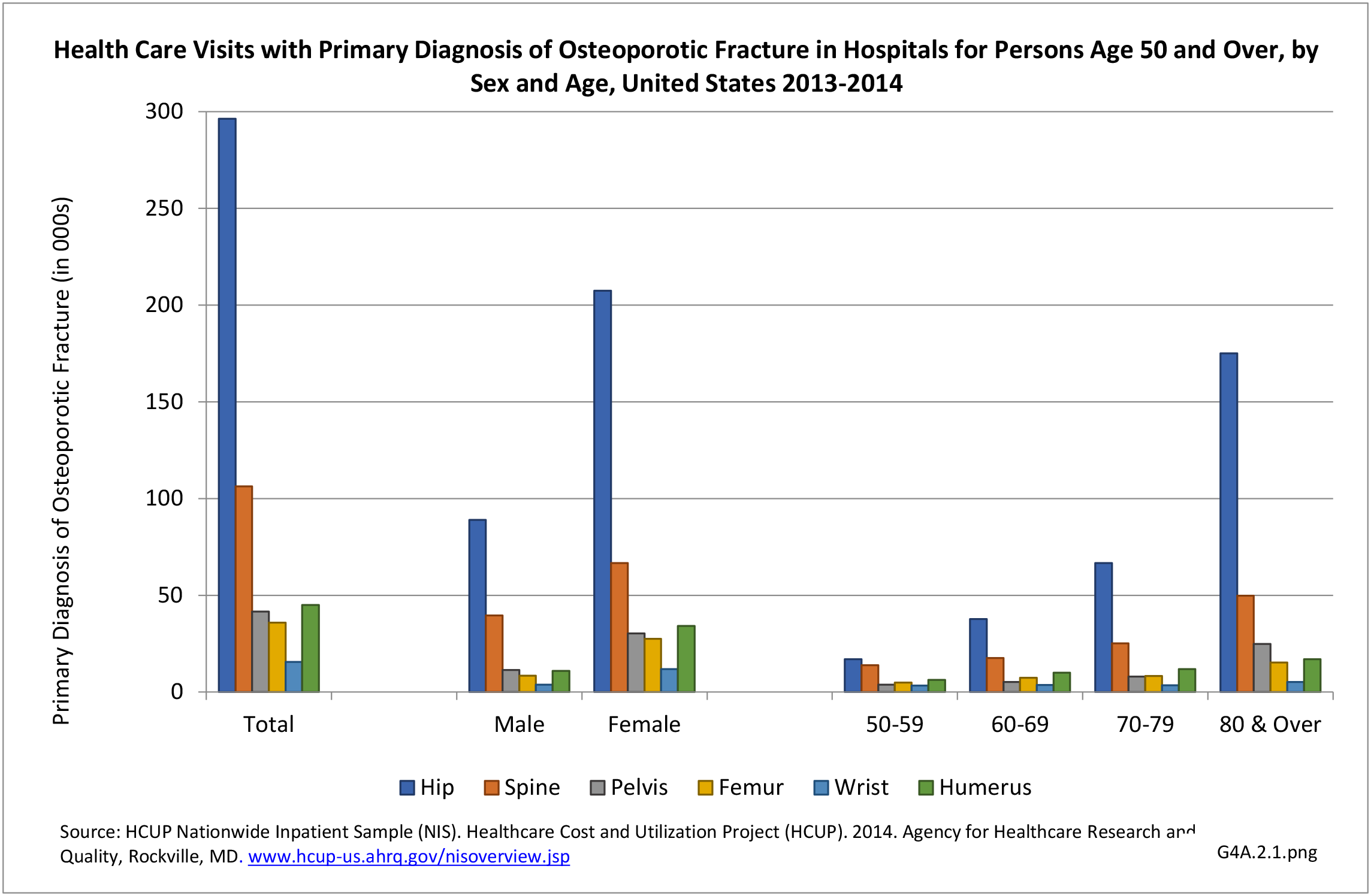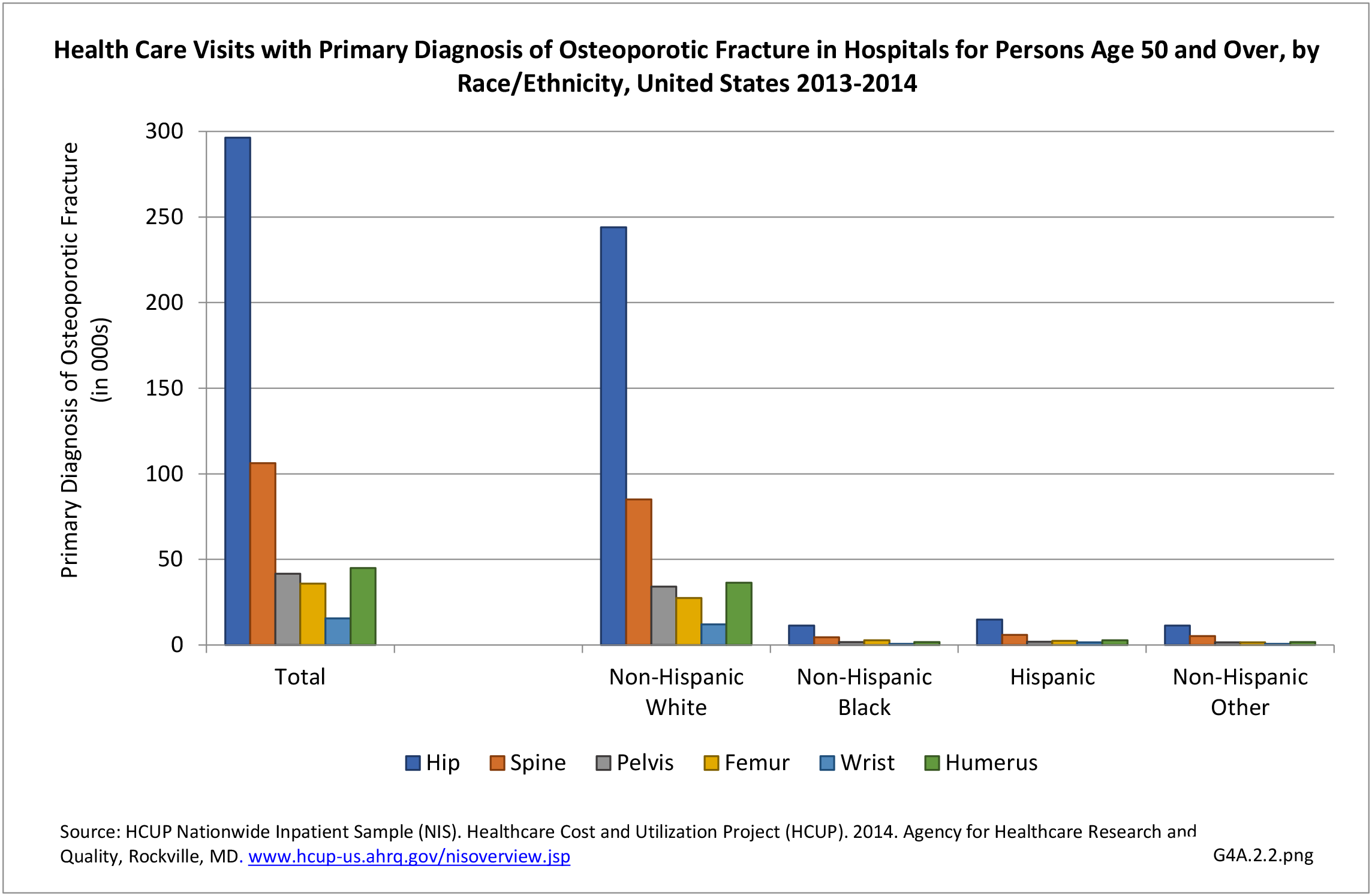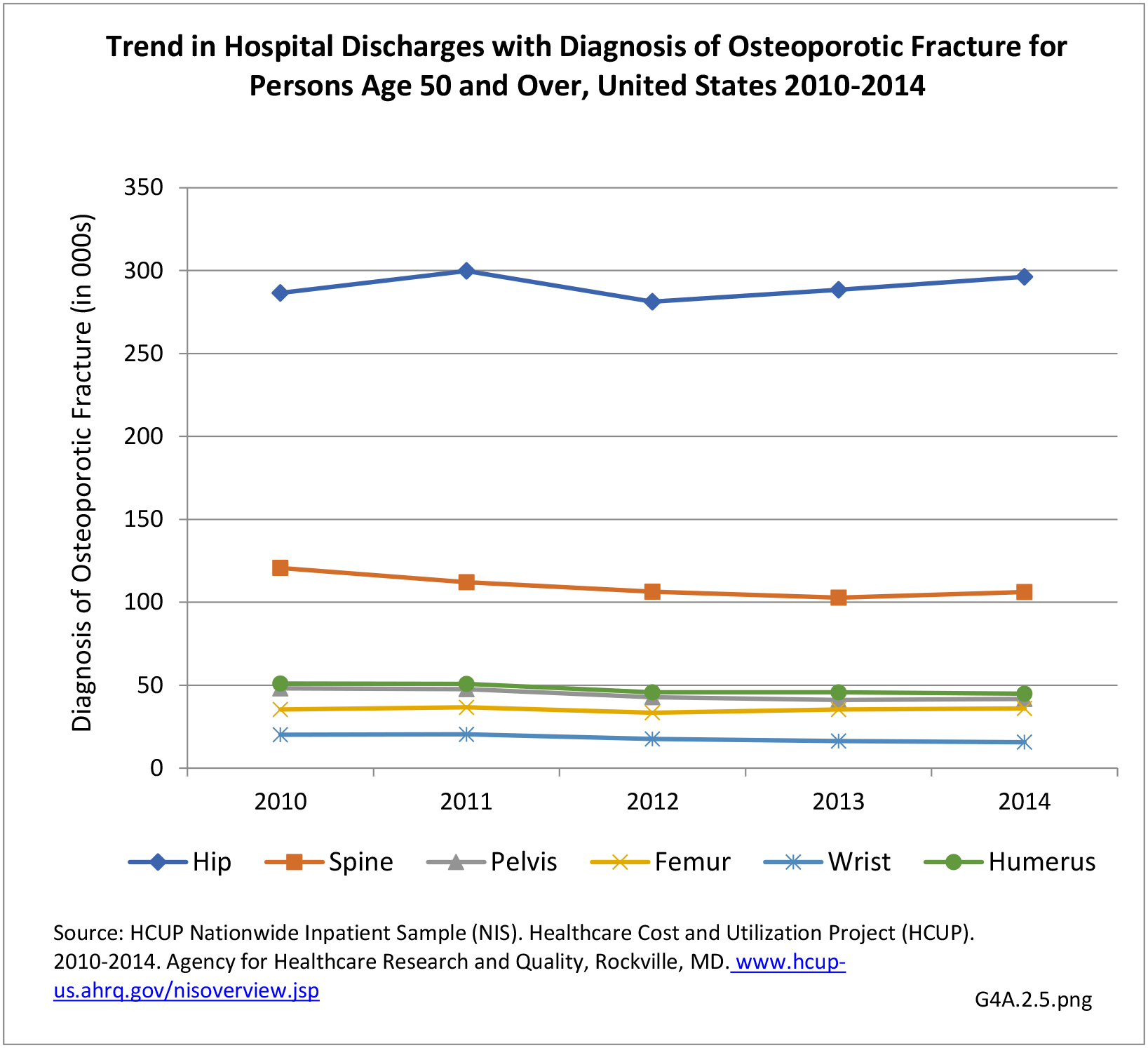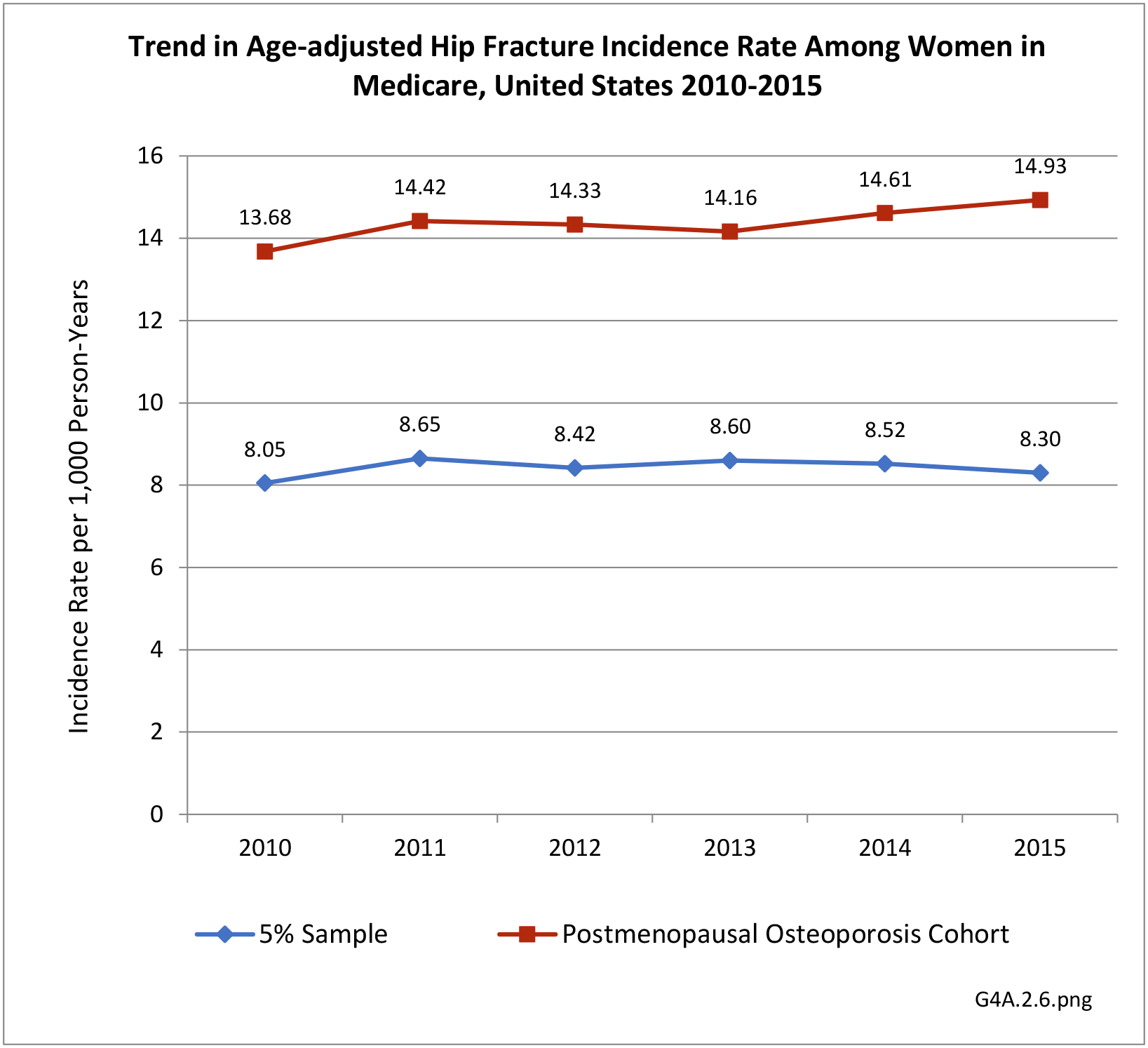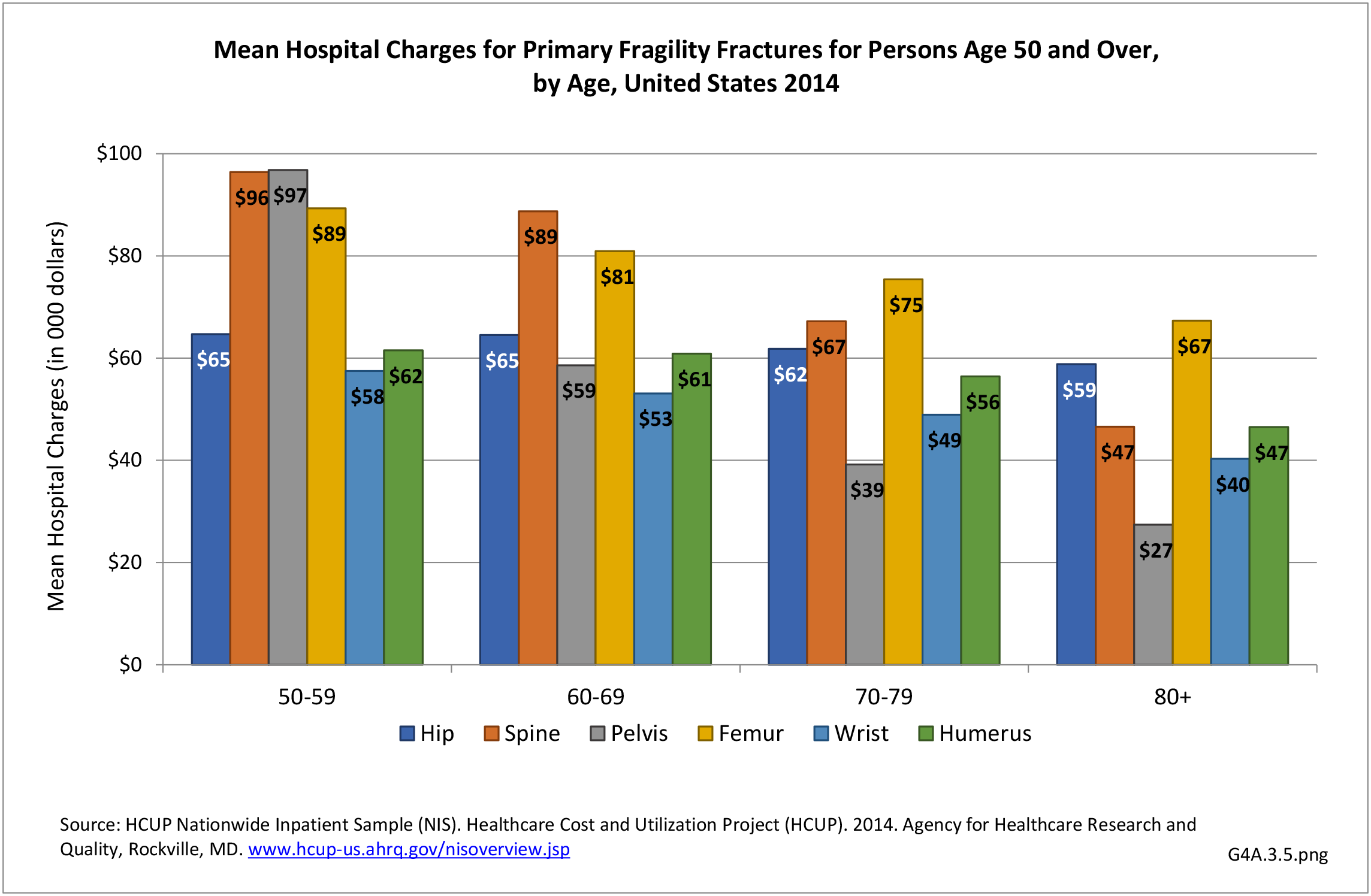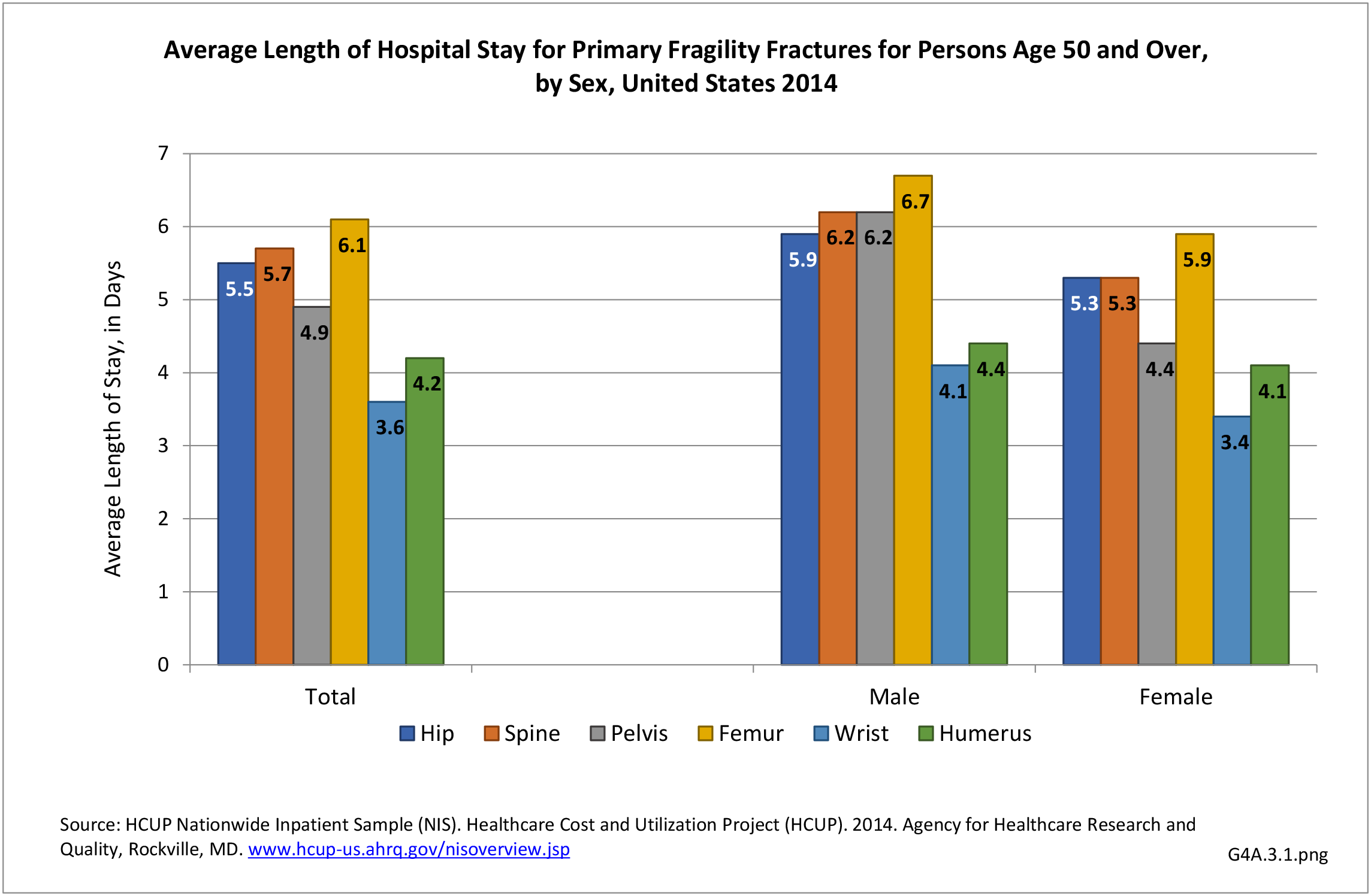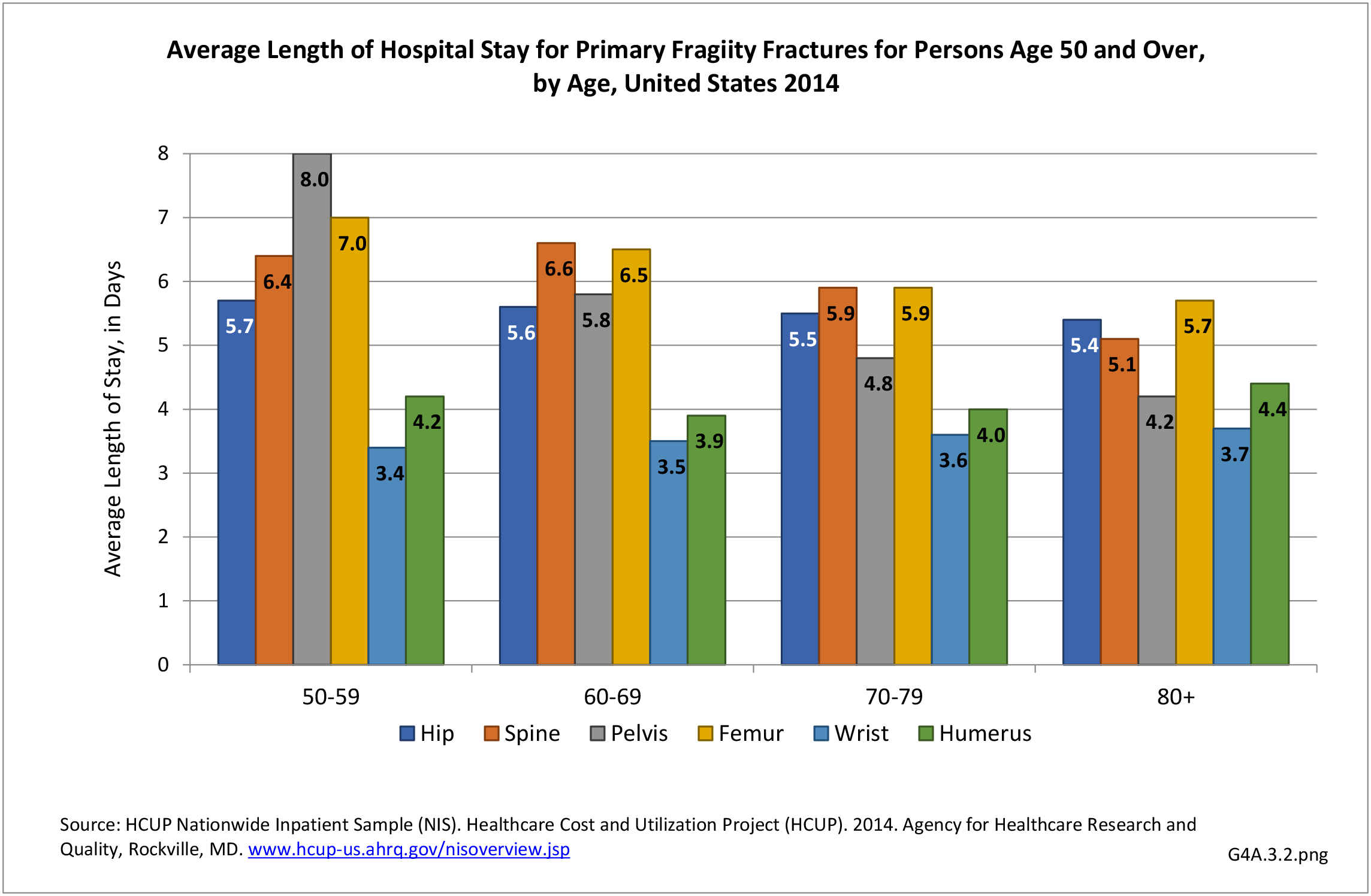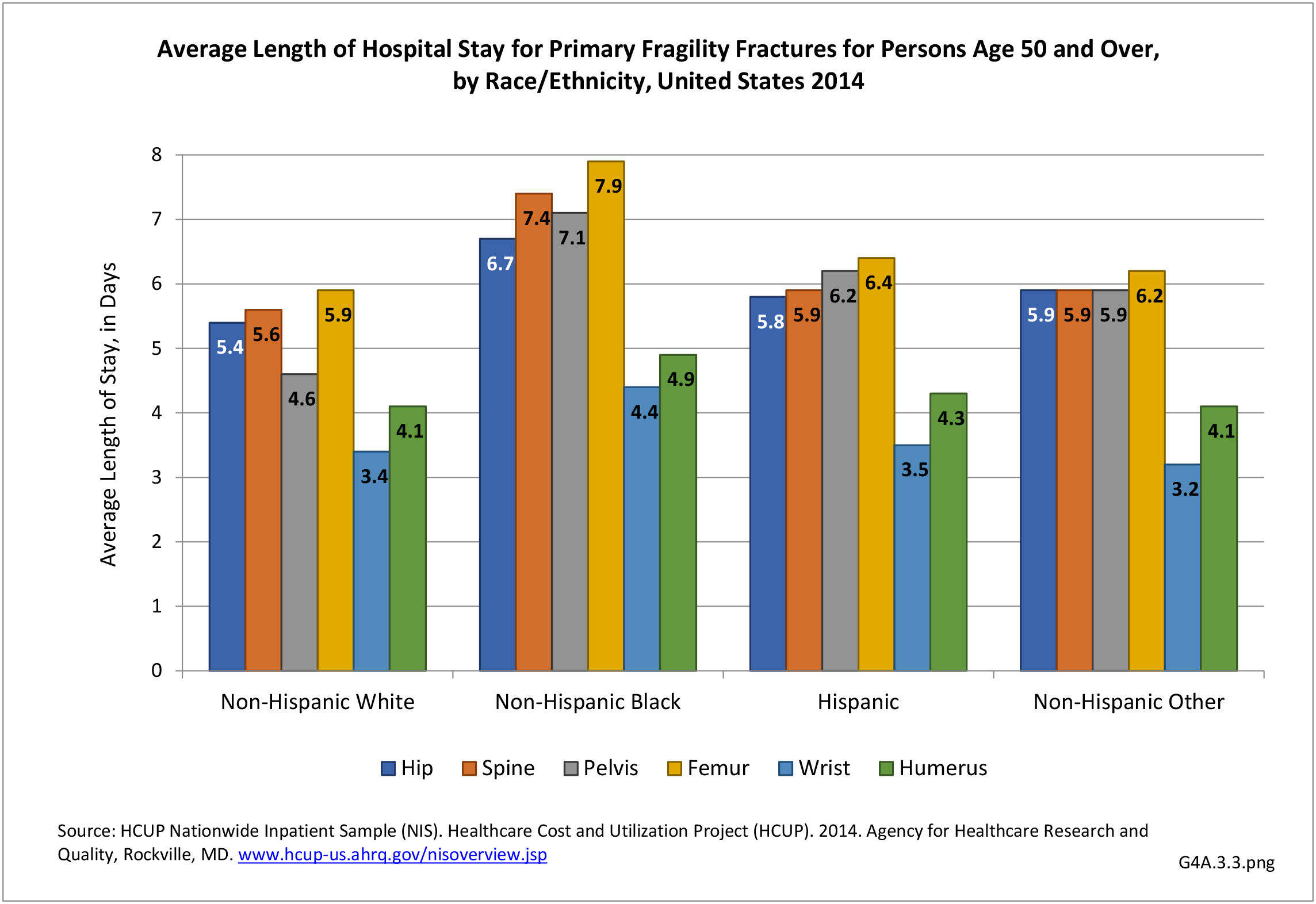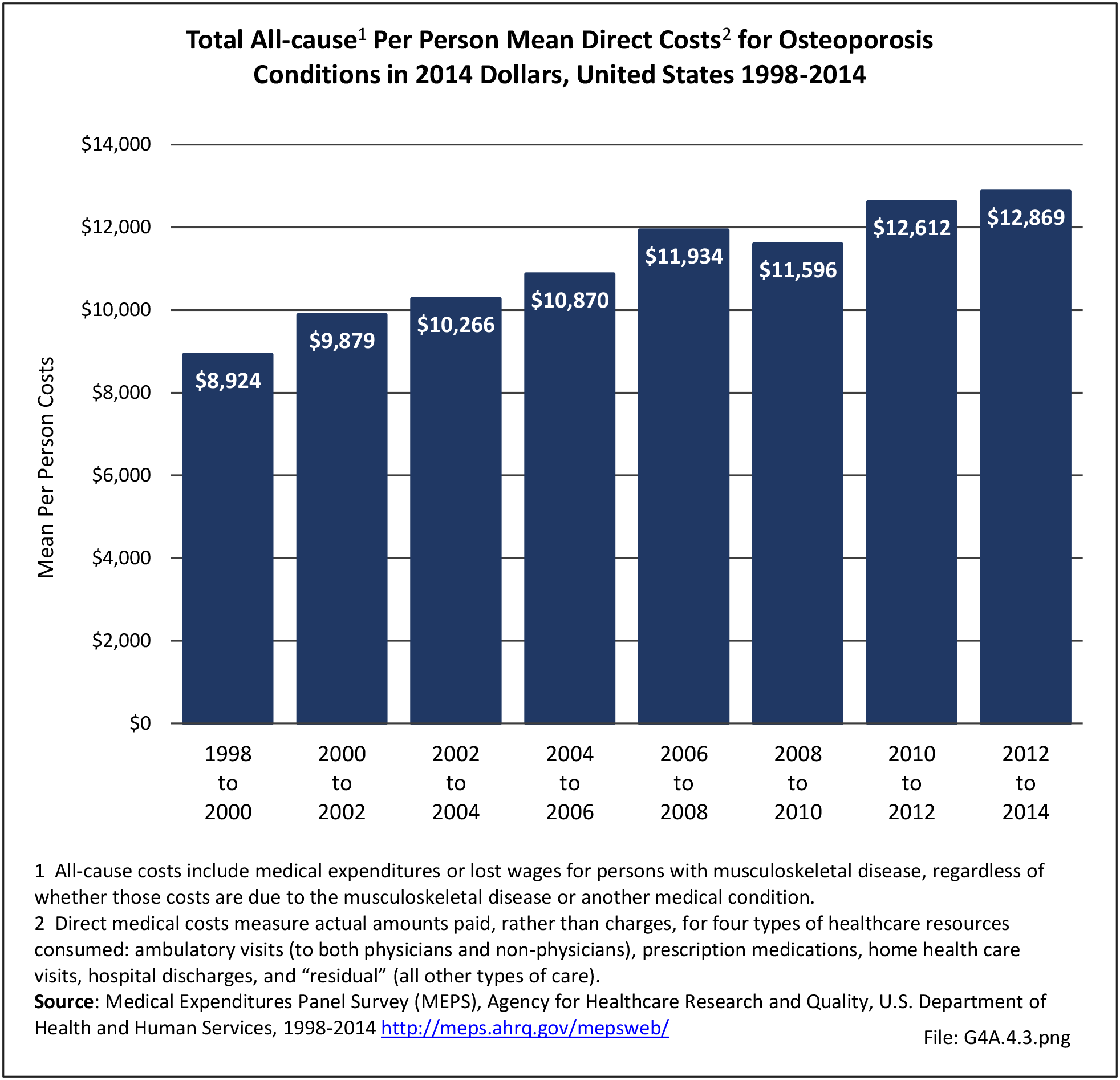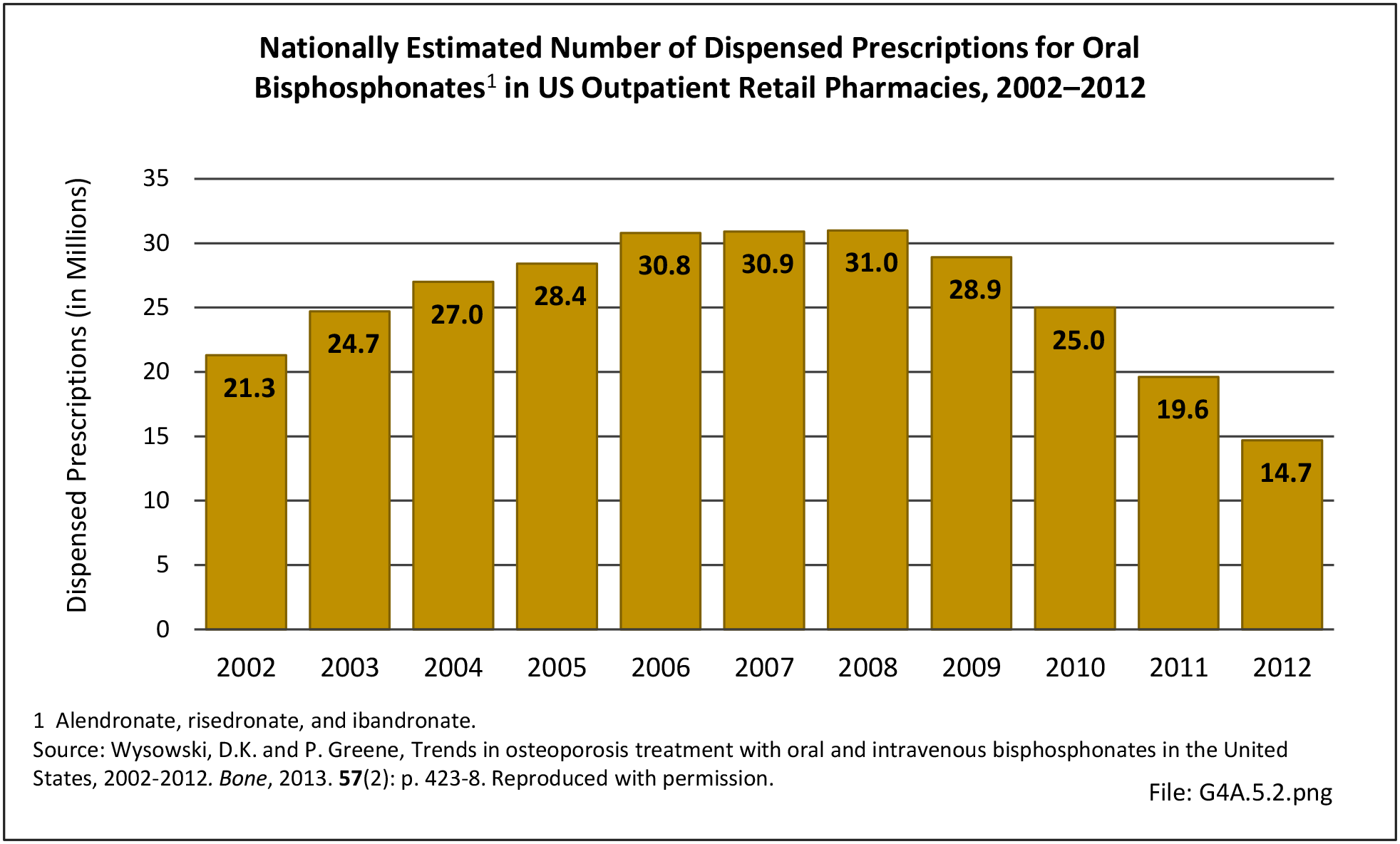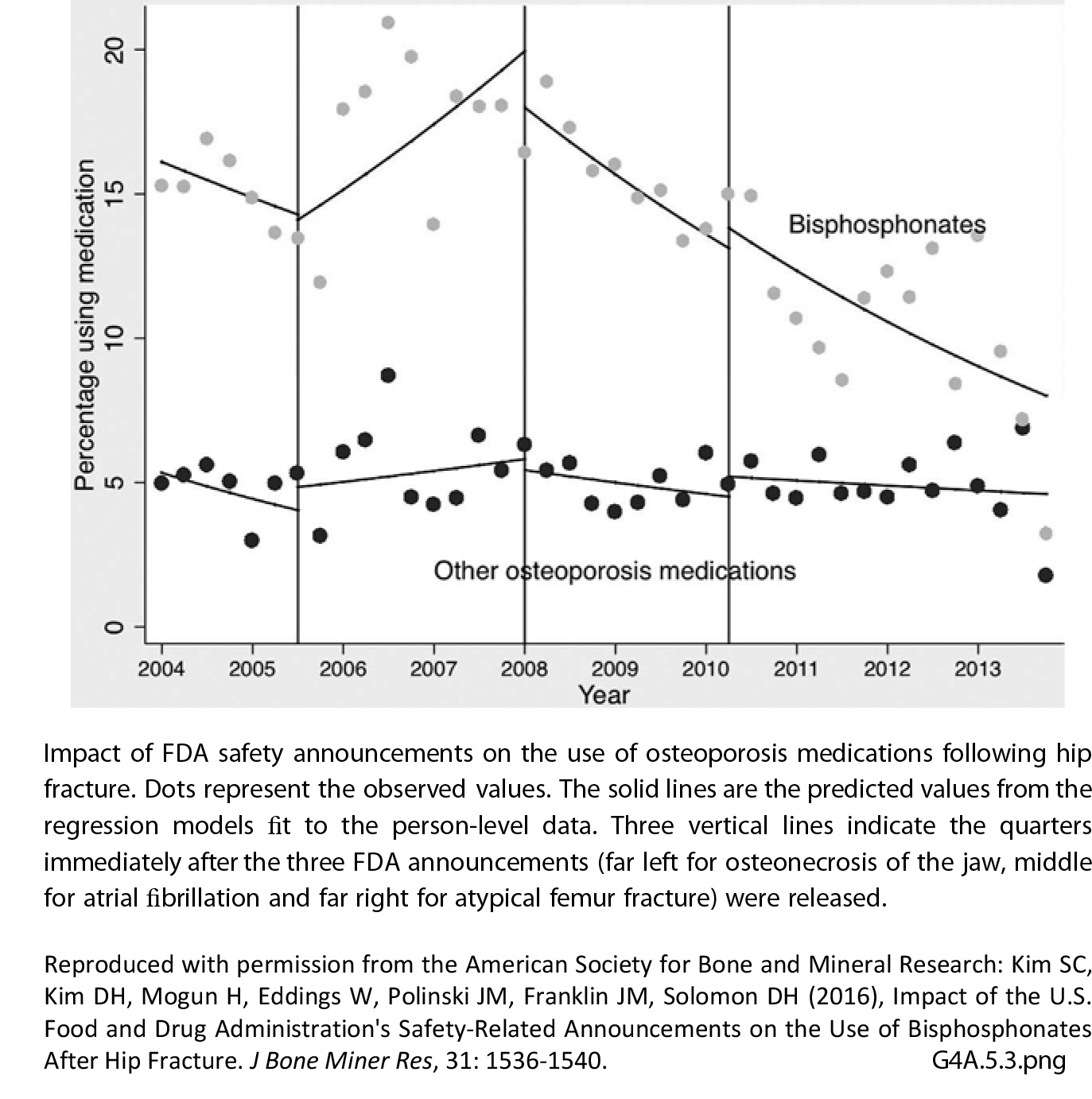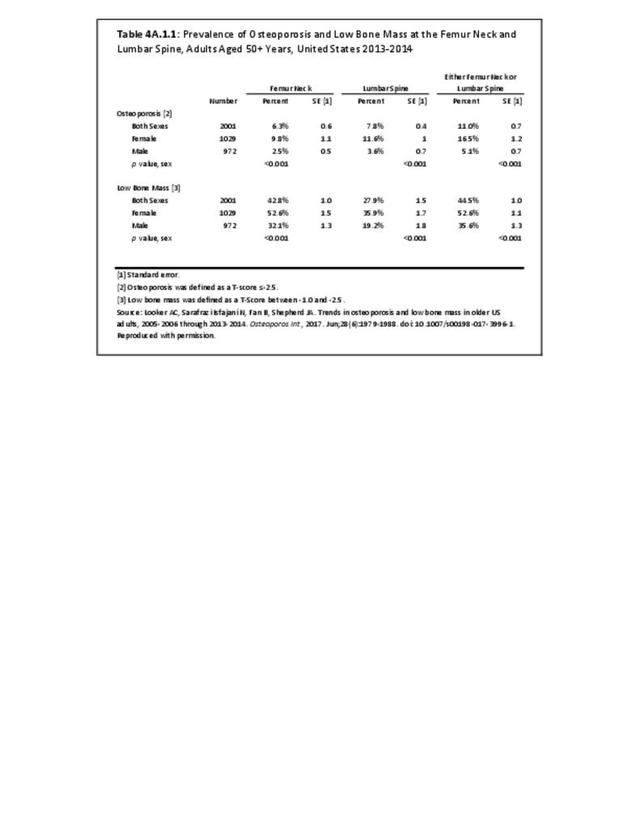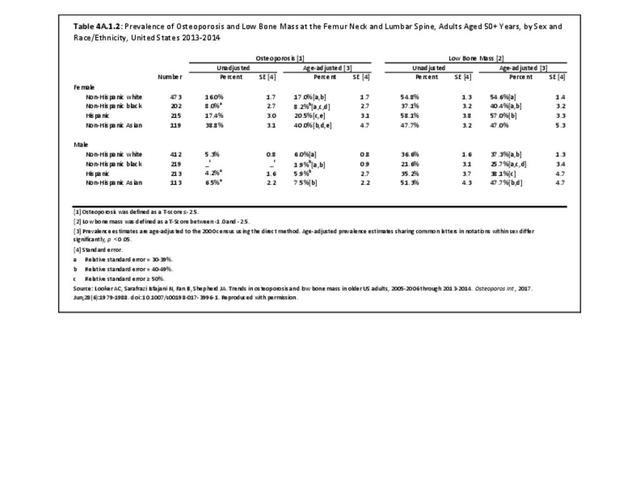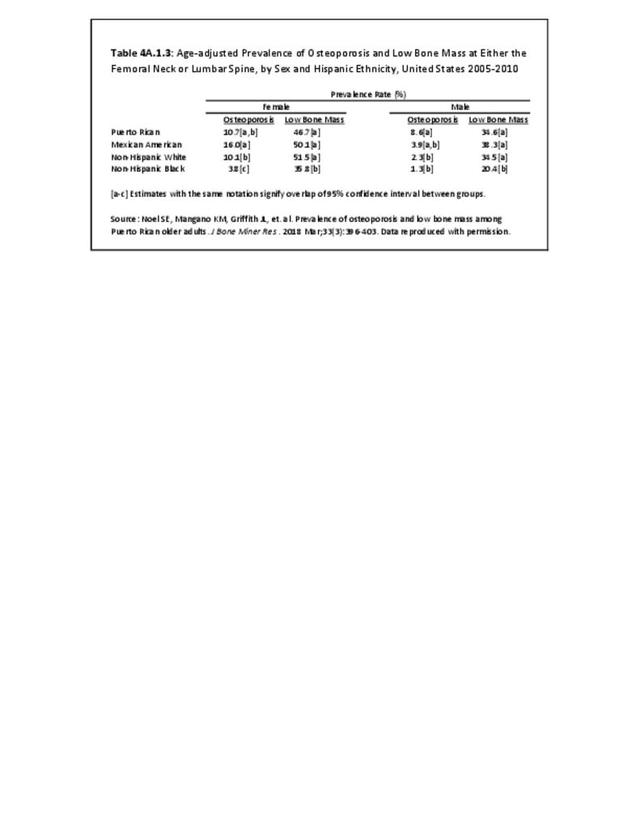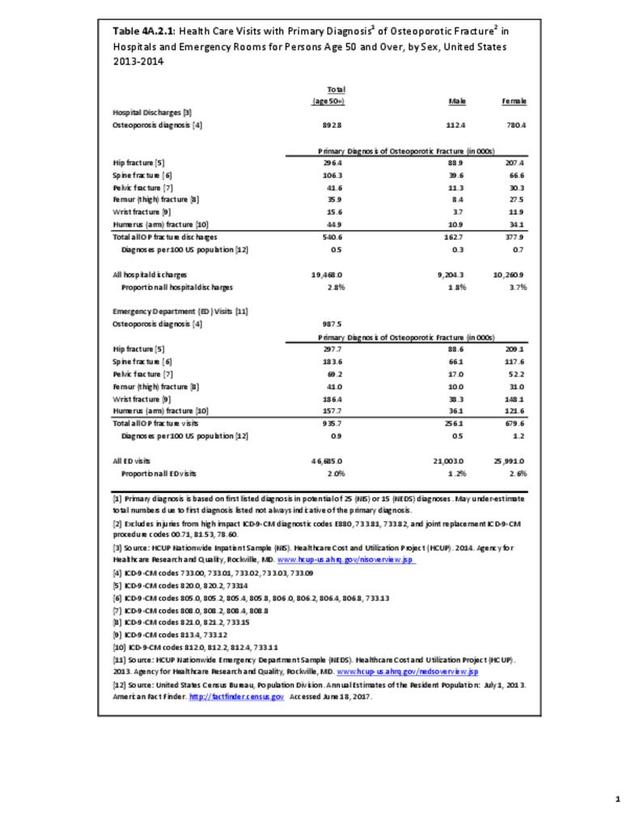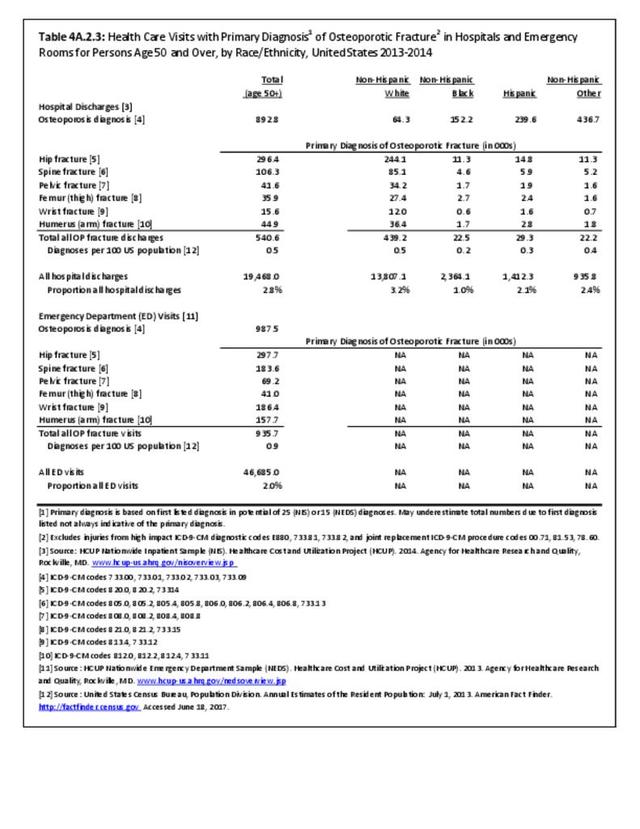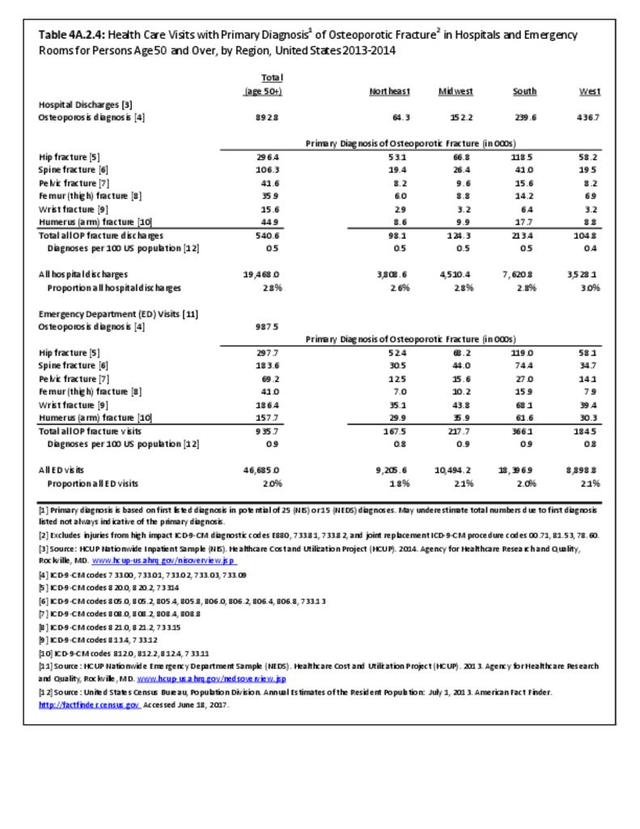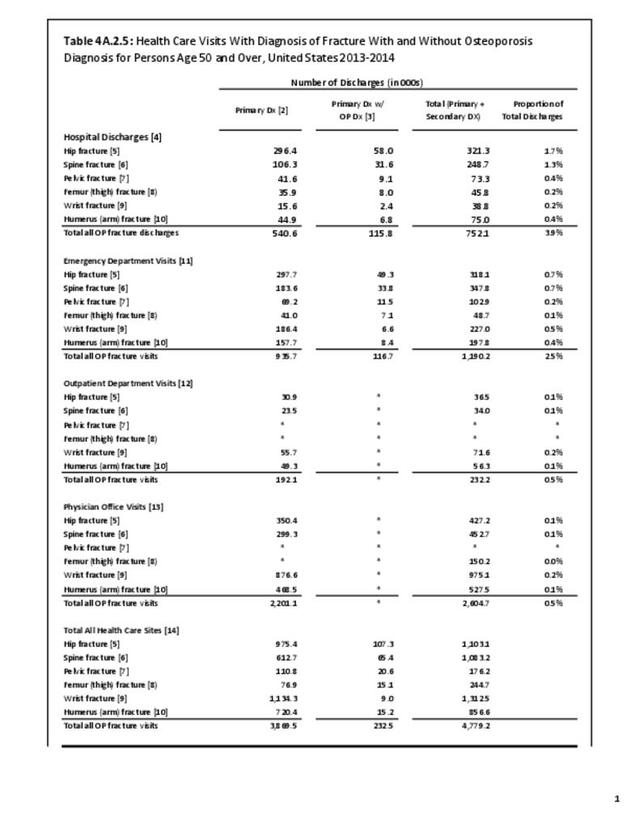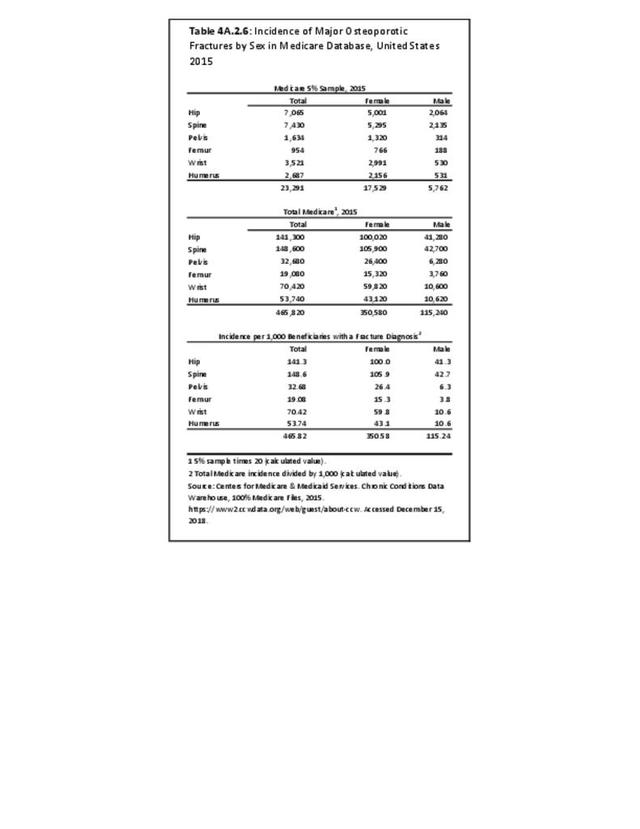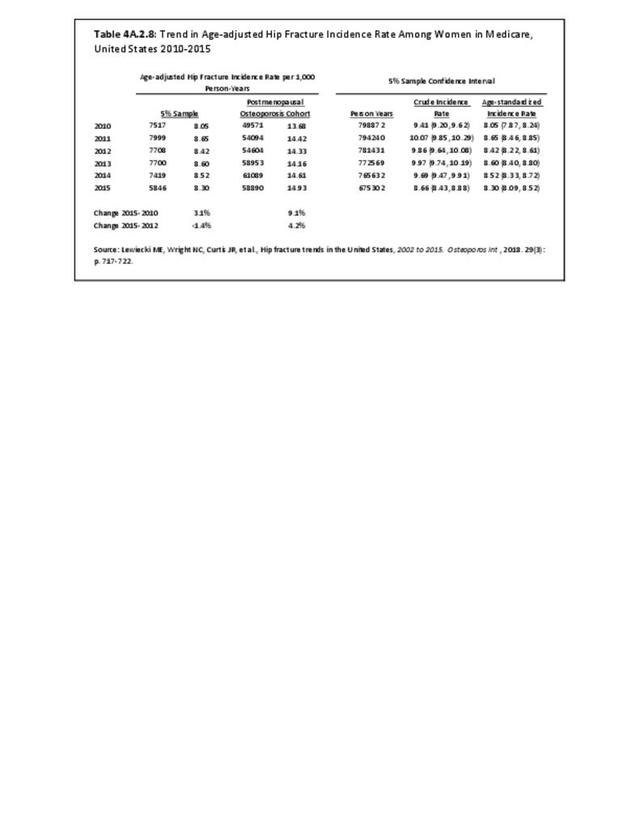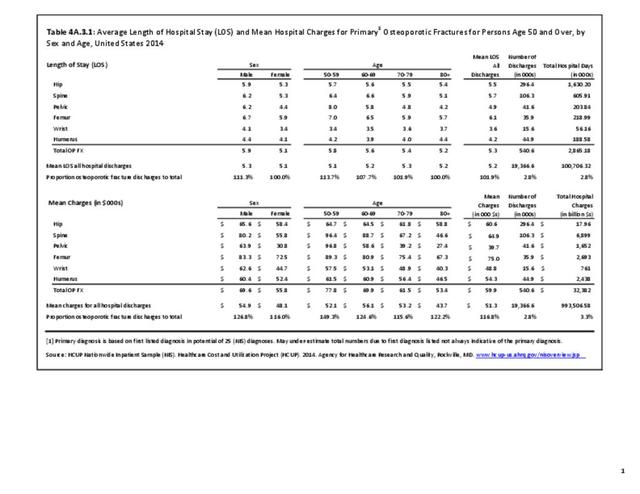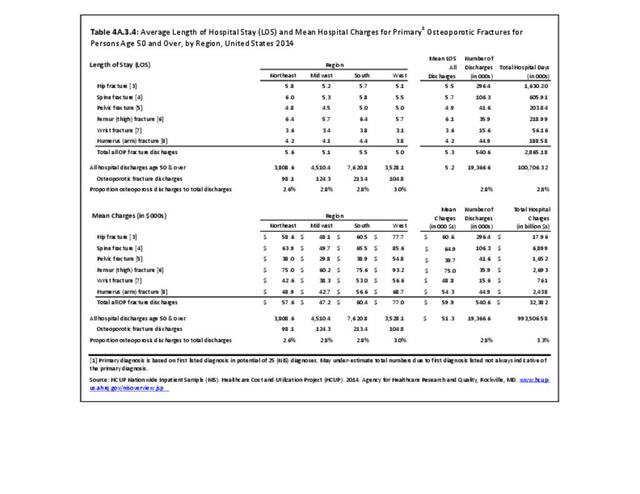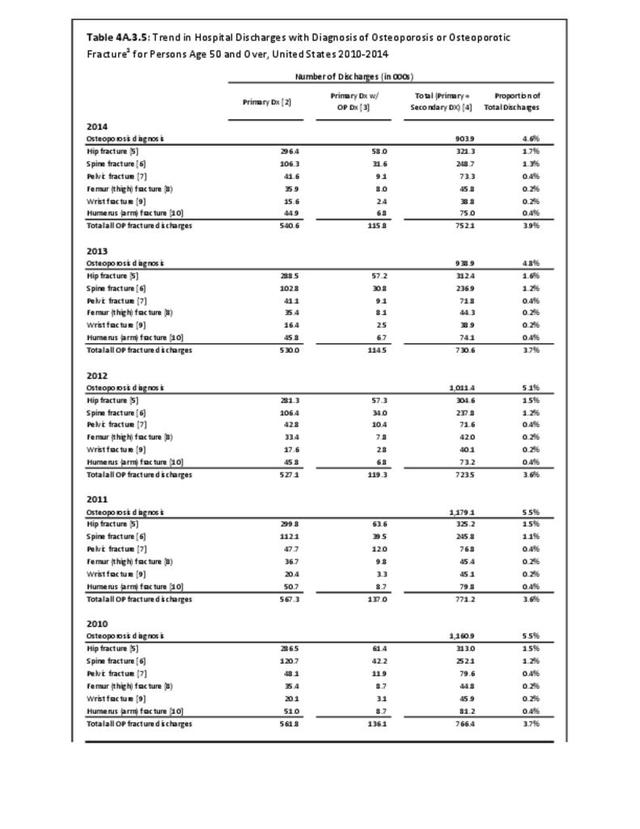Osteoporosis is a chronic musculoskeletal condition characterized by reductions in bone mass and quality accompanied by microarchitectural changes that lead to reduced bone strength. Reductions in bone mass, quality and strength increase the risk for fragility fractures. The primary diagnostic test for osteoporosis is measurement of bone mineral density (BMD) using dual energy X-ray absorptiometry (DXA). DXA testing provides an estimate of areal BMD in g/cm2,1 and the estimate is converted into a T-score by comparing it to the distribution of BMD levels of young adults. Using thresholds developed by the World Health Organization, osteoporosis is defined as a T-score ≤ -2.5. T-scores between -2.5 and -1.0 identify individuals with low bone mass (osteopenia) and T-scores ≥ -1.0 represent normal bone mass.2 It should be noted that older persons who sustain a hip fracture and/or a vertebral (spine) fracture are considered to have osteoporosis even in the absence of undergoing BMD measurement.
- 1. Bone mineral content, measured by dual-energy x-ray absorptiometry (DEXA), divided by the bone area in square centimeters.
- 2. World Health Organization: WHO Scientific Group on the assessment of osteoporosis at primary healthcare level. Summary Meeting Report, Brussels, Belgium, 5-7 May 2004: page 12. http://www.who.int/chp/topics/Osteoporosis.pdf Accessed July 2, 2018.
Edition:
- Fourth Edition

